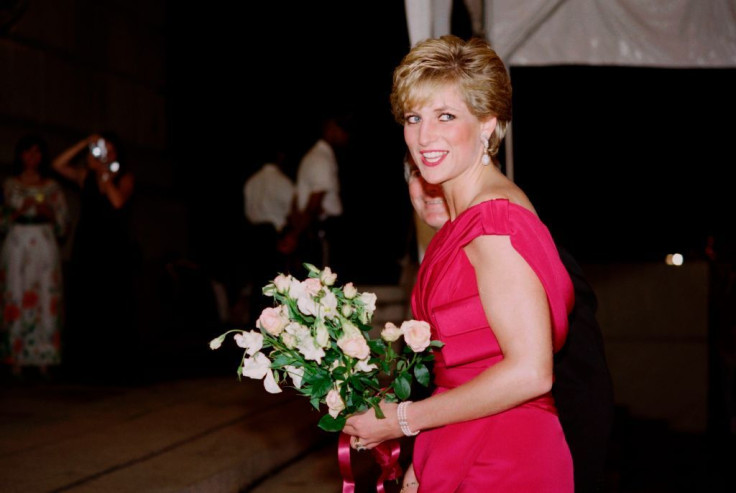When she married Prince Charles, the young Princess Diana tried her best to adjust and fit into her new role as a member of the royal family. But repeated criticisms from whom she labeled “Gray Men” left her no choice but to eventually show defiance.
Dr. James Colthurst, Princess Diana’s close friend and confidant, revealed that the royal received constant criticism from these “Gray Men” despite being a member of the royal family. They were an unnamed group of people working for the establishment, whom the People’s Princess would also sometimes refer to as “The Firm.”
After one particular speech the princess made, she told Dr. Colthurst that she felt low at that time due to the harsh criticism from the “Grey Men” once more. The confidant then advised her to show defiance rather than just endure their treatment silently.
Thus, Princess Diana followed Colthurst’s advice the next time she went on a very public event. This happened at the 1994 Vanity Fair Summer Party, which was set in Hyde Park’s Serpentine Gallery, where she broke some royal rules by wearing an evening gown considered daring at that time.
“That day she was mightily fed up because she’d had criticism from what she called the ‘Grey Men’, I think to do with one of her successful speeches,” Colthurst said. “She often felt she was doing her bit for The Firm, as she called it, and she wasn’t appreciated.”
But Colthurst revealed that a day before the event, Princess Diana was having second thoughts about wearing the gown to the party. But with her confidant’s support, she did it anyway. And this marked a new chapter in her life as people started to see her as a leading fashion icon. The outfit she wore would later be known as the Revenge Dress.
As Princess Diana’s close friend, Colthurst acted as the go-between for her and biographer Andrew Morton. In their arrangement, Colthurst would bring Morton’s questions to the Palace and the princess would make audio recordings of her answers.
Colthurst recalled how shocked he was when he listened to one of the recordings in a café. There he learned about Prince Charles and Camilla Parker Bowles and the things Diana had to go through.
“All around everyone's eating bacon and eggs chatting away, and I put these headphones on and turn on the tape recorder and listen to Diana talking about bulimia nervosa, which I'd never heard of, talking about her suicide attempts, talking about this woman called Camilla Parker Bowles,” the confidant recalled the incident.
“It was like entering a parallel universe, I walked out of that café thinking, ‘wow what on Earth have I heard,’” Colthurst added. “It was the most incredible outburst of really innermost pain, rage, frustration, anger — you were swept away with it.”
The recordings then made their way to the biographer, who was busy with the upcoming book. Not long after, Morton’s book “Diana: Her True Story” came out in 1992.

© 2025 Latin Times. All rights reserved. Do not reproduce without permission.




